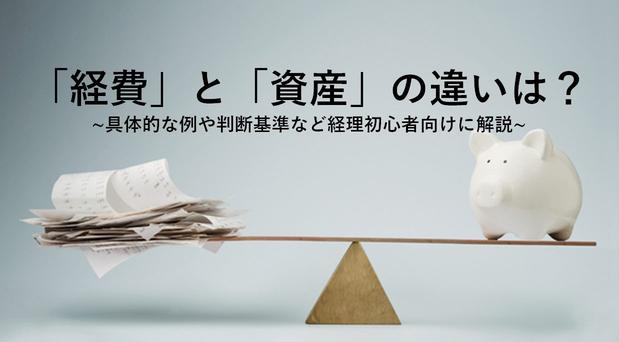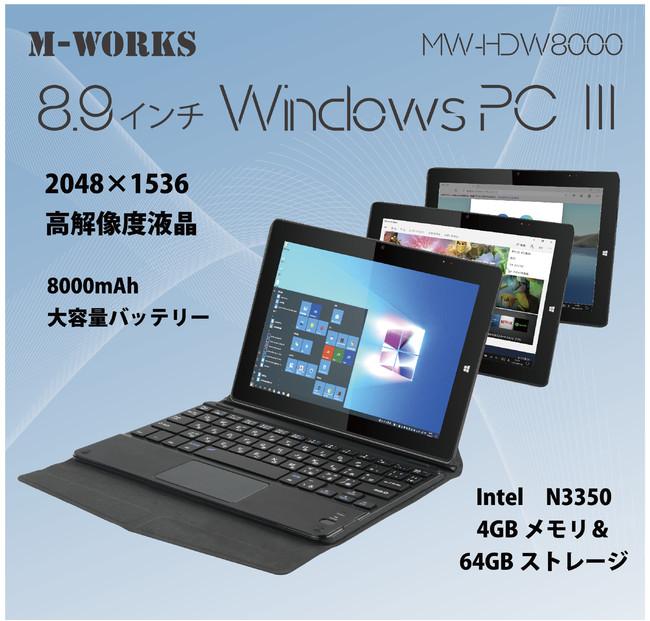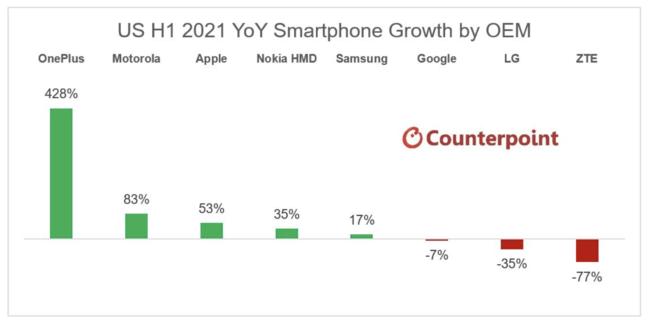What is the difference between "expenses" and "assets"?Explanations for accounting beginners such as specific examples and judgment criteria HR NOTE Editorial department related articles
The difference between "expenses" and "assets" is an important item to know in company accounting. In particular, determining the items subject to depreciation is an important index when calculating the profit of a company. In this article, for those who are in charge of accounting for a company, we will explain the difference between expenses and assets in an easy-to-understand manner. Please refer to it.
table of contents
1. Difference between expenses and assets
First, let's look at the difference between expenses and assets. I will explain each with specific examples.
1-1. What is an expense?
Expenses are the costs that a company incurs to do business and make a profit. These include the costs directly incurred to generate sales such as purchasing, and the costs required for business management.
▼ Click here if you want to read comprehensively about expenses What are expenses?An easy-to-understand explanation of the basics of expenses such as expenses that can be recorded as expenses and expenses that cannot be recorded
1-1-1. Example of expenses
In a word, not all expenses can be treated as expenses. Specific examples of expenses include welfare expenses for internal communication and employee motivation, food and drink expenses for meetings with business partners, and consumables expenses for purchasing equipment necessary for business. Will be.
For example, the items that correspond to expenses are as follows.
・ Taxes and public dues ・ Repair costs ・ Utilities costs ・ Insurance premiums ・ Consumables costs ・ Depreciation costs ・ Legal welfare costs ・ Salary wages ・ Payment fees
There are all kinds of other expenses, and you need to remember your accounts and journals accordingly. However, please note that the number of subjects is large and the method of journalizing is different.
The "Accounts and Journal Rules Book" distributed free of charge on this site comprehensively explains from basic accounts to journal entries according to the items. For those who are still uncertain about accounts and journals, it is a reference book that you can refer to whenever you want to look it up, and it will be very helpful, so please download it for free from here.
1-2. What are assets?
Assets refer to all assets, including cash and deposits held by the company, as well as land and buildings. However, not only the assets currently held, but also the assets such as accounts receivable and securities that may bring profits to the company in the future and can be evaluated by the amount of money are also assets.
Expenditures related to assets are called capital expenditures. For example, depreciation of fixed assets is not capital expenditure, but repair costs are treated as capital expenditure. The reason is that repair costs are the cost of recovering fixed assets such as buildings and machinery.
* Reference: Section 8 Capital Expenditure and Repair Expenses | National Tax Agency
1-2-1. Example of assets
Assets include tangible fixed assets that refer to tangible things such as land, buildings, machines, and vehicles, and intangible fixed assets such as goodwill and patents. Tangible fixed assets are further divided into depreciable assets that deteriorate over time, such as buildings and machinery, and non-depreciable assets that do not deteriorate over time, such as land. In addition, living things are also applicable to assets.
2. How to judge expenses and assets
Expenses and assets are determined by amount and useful life. For example, if it is less than 100,000 yen or if it can be used for less than one year, please judge it as an expense such as consumables. On the contrary, equipment exceeding 100,000 yen is recorded as tangible fixed assets.

In the case of depreciable assets that can be used for one year or more, the useful life of each type of vehicle, building, machine, etc. is stipulated by tax law.
3. Fixed assets are not subject to depreciation
Did you know that fixed assets are not subject to depreciation? The reason and the method of recording fixed assets are explained below.
3-1. What is depreciation?
Depreciation is a method of deducting fixed assets that are capitalized by dividing them into useful lives. The amount recorded due to the amount of fixed assets also tends to be large. Therefore, it is a rule to deduct large fixed assets such as tens of millions or hundreds of millions of yen according to the actual situation of use.
In addition, depreciation period and depreciation method differ in detail depending on the type, specifications, and usage, so please calculate according to the regulations.
3-2. Fixed assets are not subject to depreciation
Fixed assets are not always subject to depreciation. This is because the useful life of buildings and vehicles is fixed, but the useful life of fixed assets such as land is not fixed. The useful life is a measure of how long the asset can be used, so it does not cover assets that can be used indefinitely, such as land. Therefore, be careful not to misunderstand that fixed assets are always depreciated.
3-3. Recording method of fixed assets
Fixed assets are divided into useful lives and recorded in installments. For example, if you purchase a PC with a useful life of 5 years required for business for 200,000 yen, you will have to record expenses in 5 years. The useful life varies depending on the type of building, machine, vehicle, etc., so please refer to the NTA website for details.
* Reference: Service life table of major depreciable assets | National Tax Agency
4. Accounting method for depreciation
There are two accounting methods for depreciation: the straight-line method and the declining-balance method. The specific accounting method is explained below.
4-1. Straight-line method
The straight-line method is a method of distributing depreciation expenses to a fixed amount every year and recording them. The feature is that the calculation formula is fixed because a fraction is generated by simply dividing by the legal useful life. The calculation formula is "acquisition price x straight-line depreciation rate".
4-2. Declining balance method
The declining balance method is a method of expense the amount of unamortized assets multiplied by a certain depreciation rate every year. In the first year, depreciation costs are the highest and are characterized by a gradual decrease. The formula for calculating the declining balance method is "Undepreciated balance at the beginning of the period x Depreciation rate using the declining balance method".
5. Specific examples of expenses and assets
From here, I will explain specific examples of expenses and assets. Please refer to it when accounting in-house.
5-1.1 Expenses for reception sets to journal in pairs
For example, if you purchase 3 PCs, you can expense each one. However, if multiple sofas and desks are sold as a set, such as a reception set, you need to journalize in one set. The specific journal entry method in that case is as follows.
Example: Purchase a 300,000 yen reception set in cash
Debit: Equipment / Equipment / Credit: Cash 300,000 yen Overview: Purchase a reception set
We will make a journal entry and record expenses.
5-2. Repair costs judged as an asset
Repair costs are considered an asset. The reason is not the purpose of increasing the asset value, but the maintenance fee for continuous use. Therefore, even a mere repair cost is judged as a repair cost.
The decision on whether to make an asset as capital expenditure is made by treating the fixed asset as an amount equivalent to the acquisition price of 10% at the end of the previous fiscal year, or if the expenditure is less than 600,000 yen, as a repair cost. Others are capitalized as capital withdrawals.
If you are uncertain about the final decision, please consult your tax office or tax accountant.
6. Points to note when recording expenses in a lump sum
By recording repair costs as expenses in a lump sum, you can save taxes. The reason is that when repair costs become an expense, you can deduct that amount from your sales, which reduces your gross profit and, as a result, less tax on your profits. Also, make sure that there are no accounts that correspond to assets.
Specifically, when making a lump sum, we will investigate in advance whether there are any items that correspond to capital main expenditure (assets). It is important to keep proof documents such as receipts so that you can claim that it is a repair cost in a tax audit.
7. Summary
It is important to clarify the difference between assets and expenses in company accounting. In particular, you may be wondering whether depreciation and repair costs will be capitalized or become assets. Please refer to the contents of this article and use it as a reference for your daily accounting work. It is also important to consult with the tax office or tax accountant if you are uncertain about your decision.
Ginger of jinjer Co., Ltd. is an accounting settlement system with a well-developed support system. There are various case studies from large companies to small and medium-sized enterprises, and it is characterized by its low cost and ease of use. Please help us to improve the efficiency of accounting work.
"What to do when this happens?" Of accounts and journals 86 accounts and journal examples are explained together!
"I'm still new to accounting, and I want to acquire basic knowledge!" "There are things I can't understand until I look up accounts and journals." "It takes time to look up every time on the net or in a book. "
Do you feel uneasy or doubtful about accounts or journals?
Journalizing work is a basic accounting work, but it is necessary to follow detailed rules and regulations. Therefore, on this site, we distribute free materials that comprehensively summarize basic knowledge about accounts and journals and journal entries for each subject.
It is a textbook-like material that allows you to check information about accounts and journals at any time, and saves you the time of searching the web each time and the cost of buying a book, so please make effective use of it.


![10th generation Core i5 equipped 9.5h drive mobile notebook is on sale at 50,000 yen level [Cool by Evo Book] 10th generation Core i5 equipped 9.5h drive mobile notebook is on sale at 50,000 yen level [Cool by Evo Book]](https://website-google-hk.oss-cn-hongkong.aliyuncs.com/drawing/article_results_9/2022/3/9/4a18d0792cae58836b71b9f591325261_0.jpeg)





![[Amazon time sale in progress! ] 64GB microSD card of 1,266 yen and wireless earphone with noise canceling function of 52% off, etc. [Amazon time sale in progress! ] 64GB microSD card of 1,266 yen and wireless earphone with noise canceling function of 52% off, etc.](https://website-google-hk.oss-cn-hongkong.aliyuncs.com/drawing/article_results_9/2022/3/9/c88341f90bab7fe3ce1dc78d8bd6b02d_0.jpeg)
